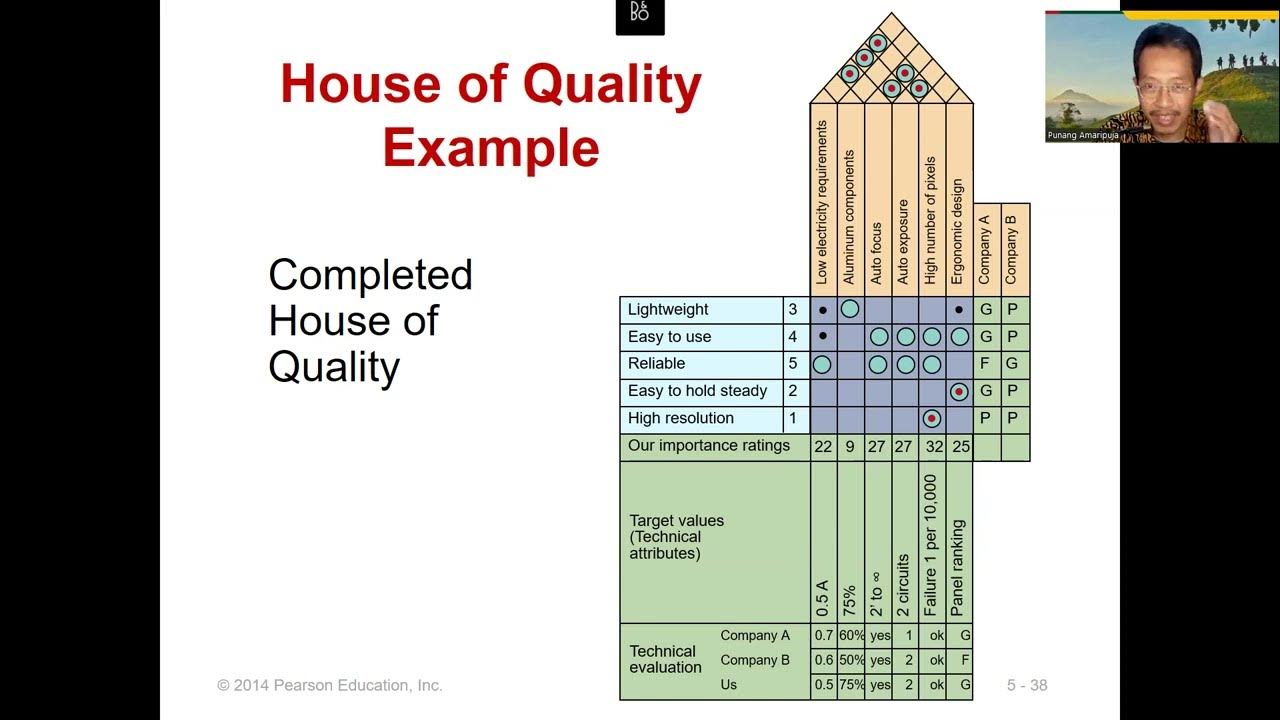VIDEO PEMBELAJARAN MARKETING ANALISIS PASAR KLS X
Summary
TLDRThis video discusses the importance of market analysis for businesses, emphasizing its role in monitoring market changes such as consumer preferences, pricing, and product trends. The script explains the key aspects of market analysis, including the scope, objectives, and the analysis of consumer and producer behaviors. It highlights five key areas for market analysis: market size, scope, structure, location, and opportunities. The video concludes by explaining the broader scope of market analysis, which includes product issues, buying behavior, and competition, providing a comprehensive understanding of how businesses can thrive in dynamic market environments.
Takeaways
- 😀 The market is dynamic, with consumer preferences, prices, and products changing over time.
- 😀 Businesses need to analyze the market to track these changes and maintain the viability of their products.
- 😀 Market analysis helps companies stay competitive by understanding demand, supply, and market conditions.
- 😀 Key factors to analyze in a market include market size, scope, structure, location, and opportunities.
- 😀 Market size can be determined by the demand and supply of a product in the market.
- 😀 Market scope includes geographical reach, consumer income, education, and age demographics.
- 😀 Market structure refers to the power dynamics between buyers and sellers within the market.
- 😀 The location of the market plays a significant role in attracting customers, as strategic locations draw more foot traffic.
- 😀 Market opportunities involve identifying and exploiting favorable conditions or trends in the market.
- 😀 The scope of market analysis covers product factors, market competition, purchasing behavior, and more.
- 😀 Conducting a thorough market analysis is crucial for businesses to make informed decisions and improve performance.
Q & A
What is market analysis?
-Market analysis is the process of studying and evaluating the dynamics of a market, including consumer preferences, demand and supply, product trends, and competition, to make informed business decisions.
Why is market analysis important for businesses?
-Market analysis is crucial for businesses because it helps them understand market changes, consumer behavior, product demand, and competition. This understanding enables businesses to adapt their strategies and maintain product relevance in a dynamic market.
What are the key components of market analysis?
-The key components of market analysis include understanding the size of the market (based on demand and supply), the market scope (geography, demographics), market structure (relationships between buyers and sellers), market location (strategic positioning), and market opportunities (capitalizing on emerging trends).
How is the size of the market determined in market analysis?
-The size of the market is determined by assessing the demand and supply for a product. If there is significant demand and a consistent supply, the market is considered large enough for businesses to invest and compete.
What does market scope refer to in market analysis?
-Market scope refers to the extent of the market, including factors like geographic location, demographics (such as income levels, age groups, and education), and other consumer characteristics that influence product demand.
How does market structure affect market analysis?
-Market structure refers to the composition of buyers and sellers in a market, including the power dynamics between them. Analyzing market structure helps businesses understand if they are operating in a competitive market or a monopoly, and adjust their strategies accordingly.
Why is the location of a market important in market analysis?
-Market location is important because it influences consumer access to the product. Markets located in strategic areas tend to have higher foot traffic and greater consumer interest, thus impacting sales potential.
What are market opportunities, and why are they important in market analysis?
-Market opportunities refer to favorable conditions or trends that businesses can capitalize on. Identifying these opportunities helps businesses take advantage of market shifts and gain a competitive edge, such as by introducing new products or adjusting to consumer needs.
What data should be gathered during market analysis?
-During market analysis, businesses should gather data about products, consumer behaviors, market conditions, competition, and trends. This data helps in evaluating demand, pricing, and identifying potential opportunities.
What is the relationship between market analysis and product development?
-Market analysis informs product development by providing insights into consumer needs, preferences, and market gaps. By analyzing market trends and consumer feedback, businesses can design products that better meet market demand.
Outlines

Cette section est réservée aux utilisateurs payants. Améliorez votre compte pour accéder à cette section.
Améliorer maintenantMindmap

Cette section est réservée aux utilisateurs payants. Améliorez votre compte pour accéder à cette section.
Améliorer maintenantKeywords

Cette section est réservée aux utilisateurs payants. Améliorez votre compte pour accéder à cette section.
Améliorer maintenantHighlights

Cette section est réservée aux utilisateurs payants. Améliorez votre compte pour accéder à cette section.
Améliorer maintenantTranscripts

Cette section est réservée aux utilisateurs payants. Améliorez votre compte pour accéder à cette section.
Améliorer maintenant5.0 / 5 (0 votes)






